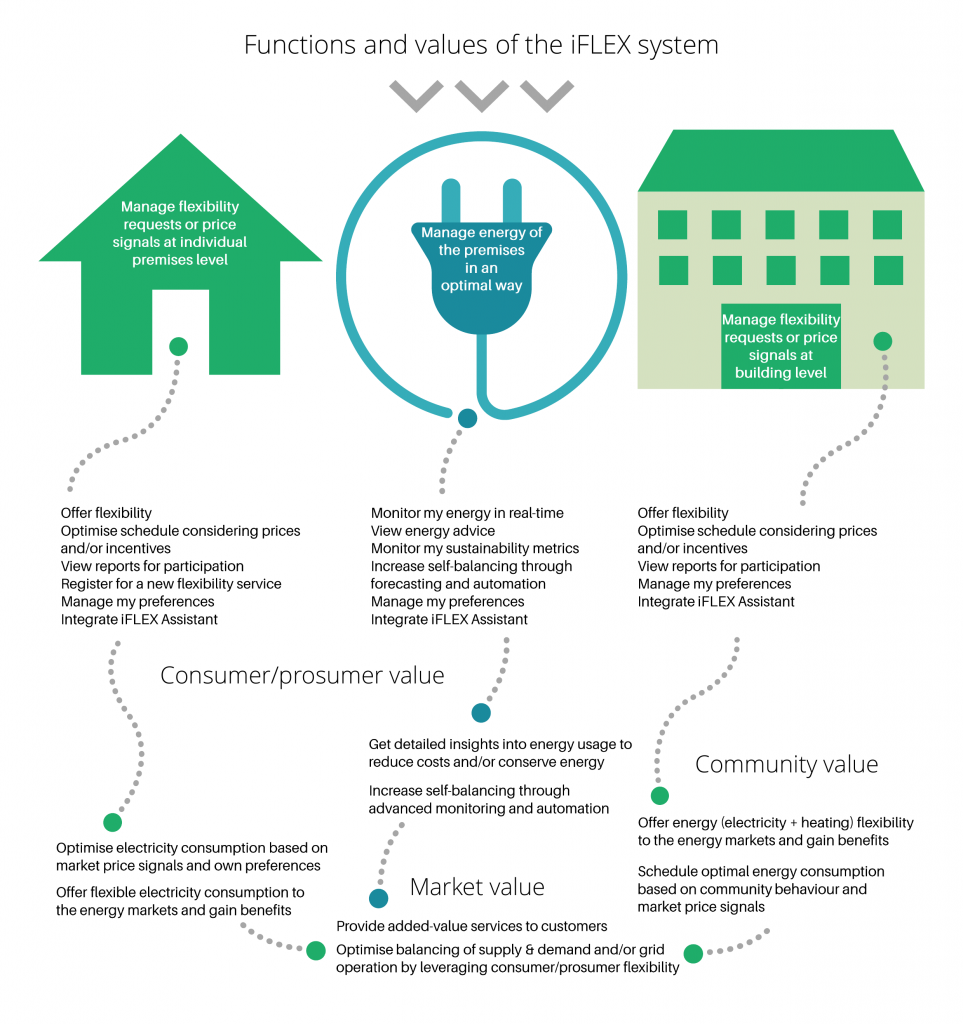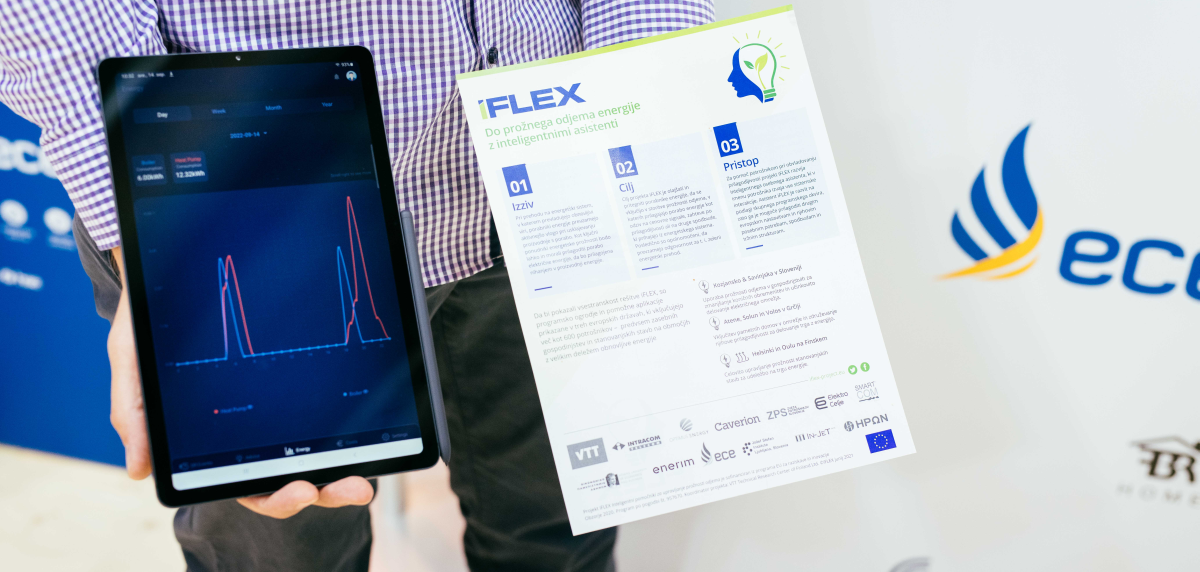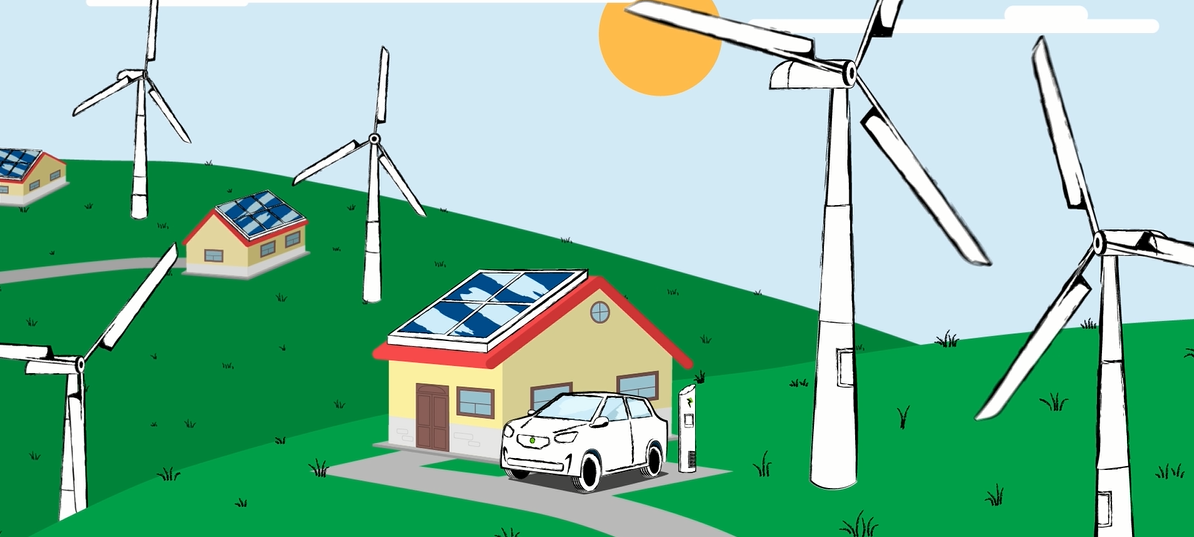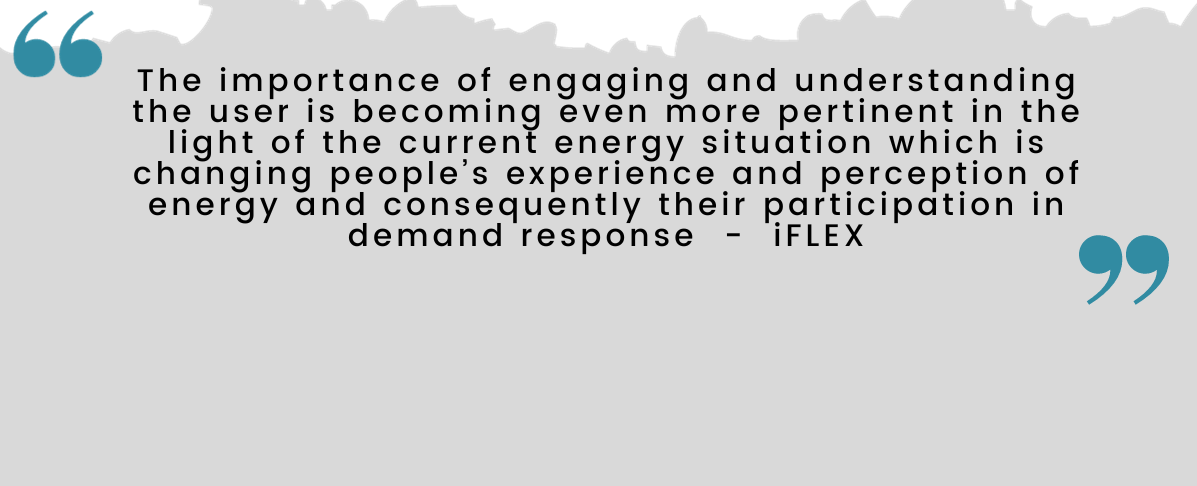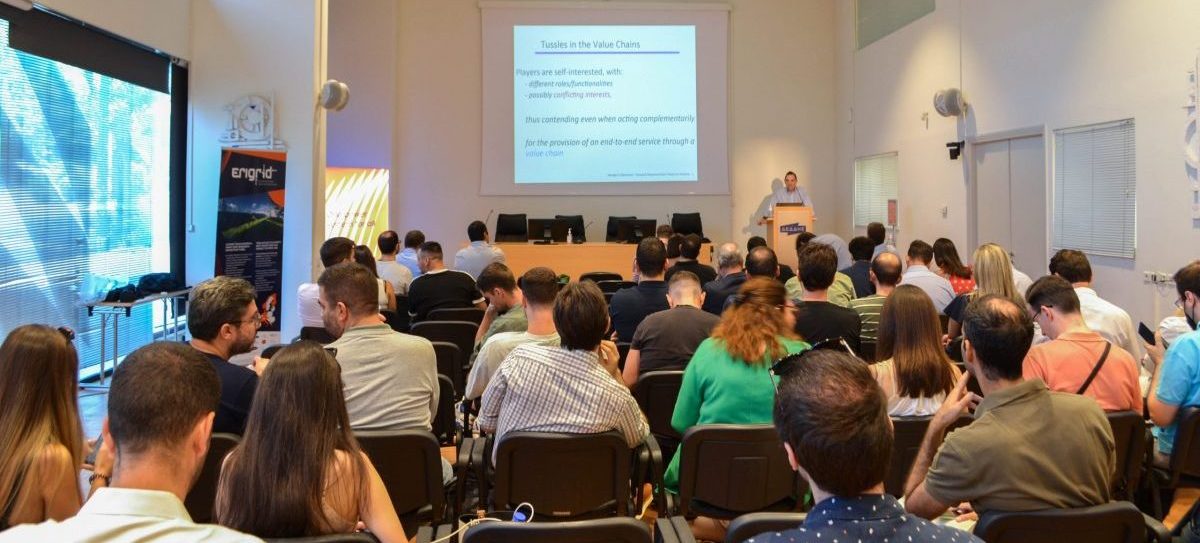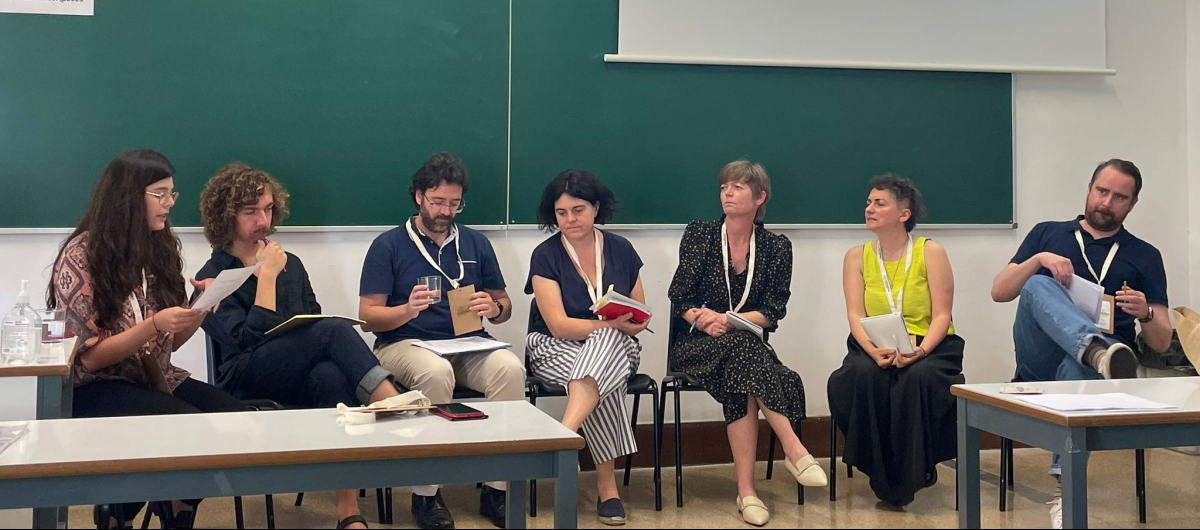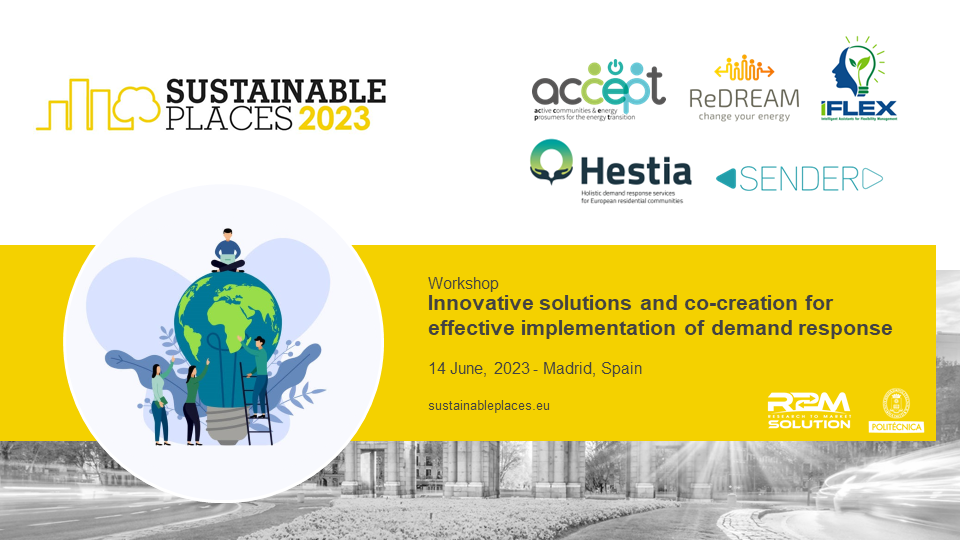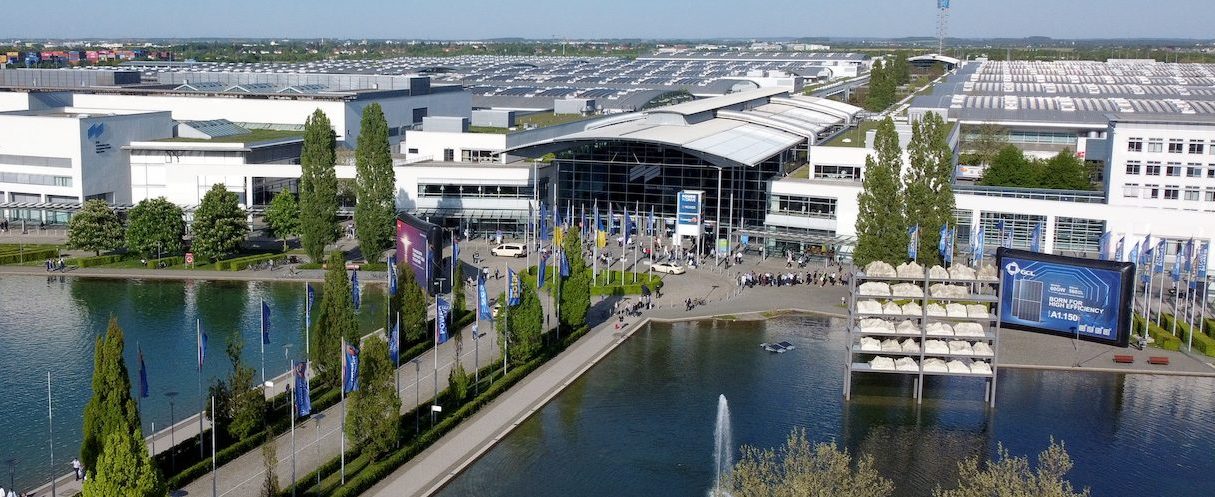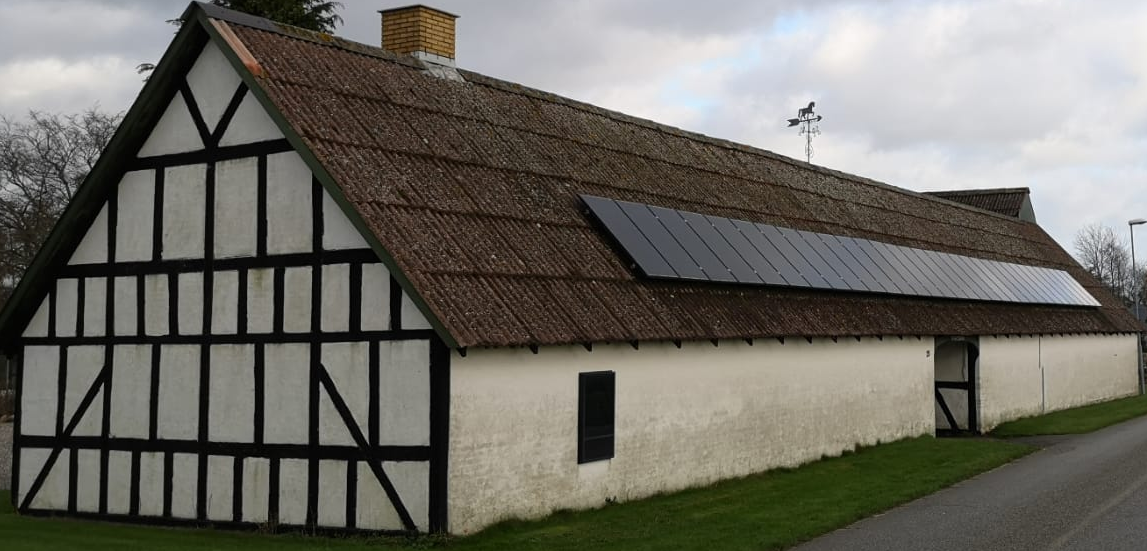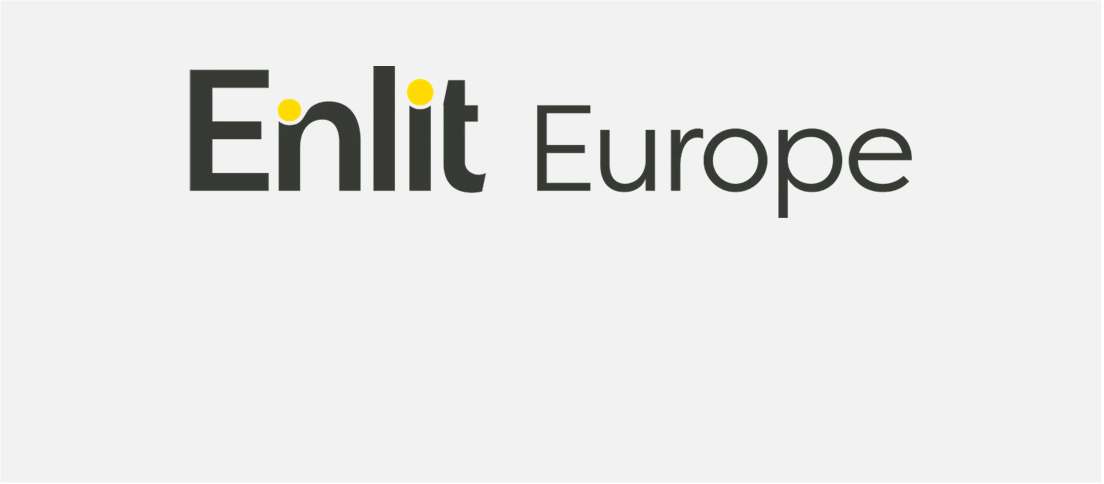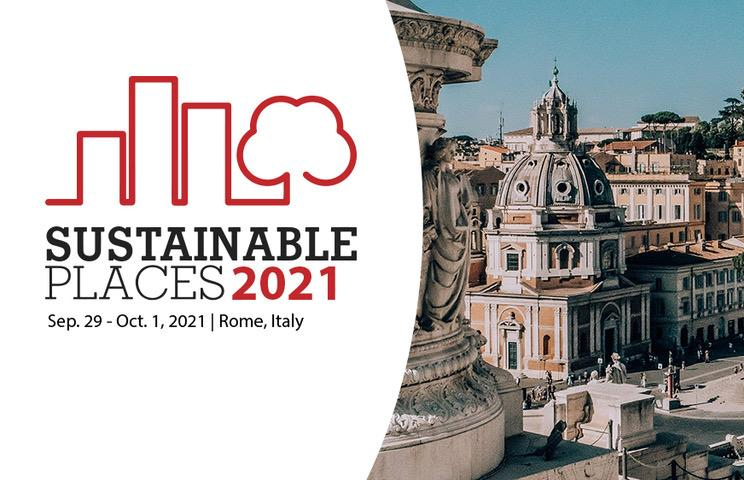Based on market and user research, iFLEX has developed an initial set of use cases and requirements for the iFLEX solution with the aim to facilitate consumer and prosumer participation in energy flexibility services, making participation easy to manage through the iFLEX Assistant.
The overall use cases and functions of the iFLEX system therefore deal with the management of the flexibility, both at individual household level with main focus on electricity usage, and at apartment building level, which also involves other energy systems such as district heating.
The functions reflect the overall aim of iFLEX which is to enable energy consumers and prosumers to:
- improve the energy and sustainability performance of their premises (manage energy) and
- enter into the energy and flexibility markets by offering their flexibility to relevant market actors and profiting from this (manage flexibility).
Flexibility can be offered by either modifying the energy usage according to the status of the energy supply, communicated through price signals or by offering the capability to reduce or increase consumption/production in certain situations and periods of time, communicated through flexibility requests and incentives.
The market actors can be energy suppliers, balance responsible parties, resource aggregators or system operators who procure and leverage the flexibility for optimal balancing of supply and demand or for grid operation, therefore also benefitting from the iFLEX solution.
Apart from functions to be performed by the system, iFLEX has also elicited business, end-user, security and socio-economic requirements guiding the design of the iFLEX solution so that it becomes an attractive, easy and secure choice for consumers who would like to offer their flexibility.
During the course of the project, the requirements will be analysed, revised and improved through engagement of end users and further research of their needs and the context of use.
For more details, see the public report D2.1 Use cases and requirements



